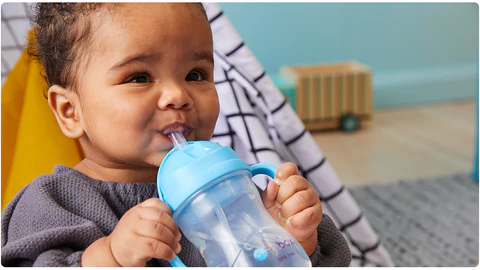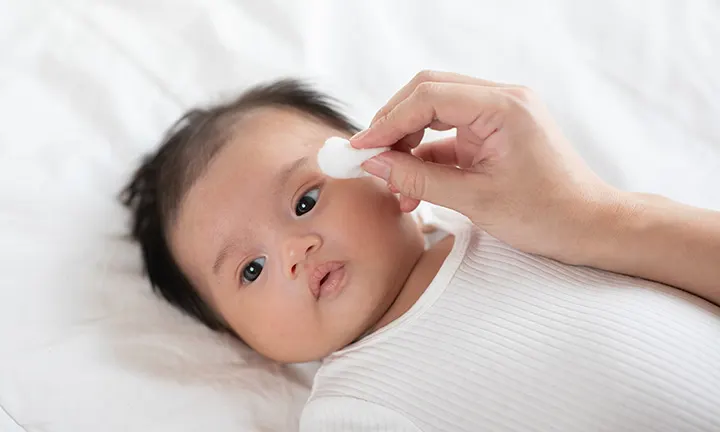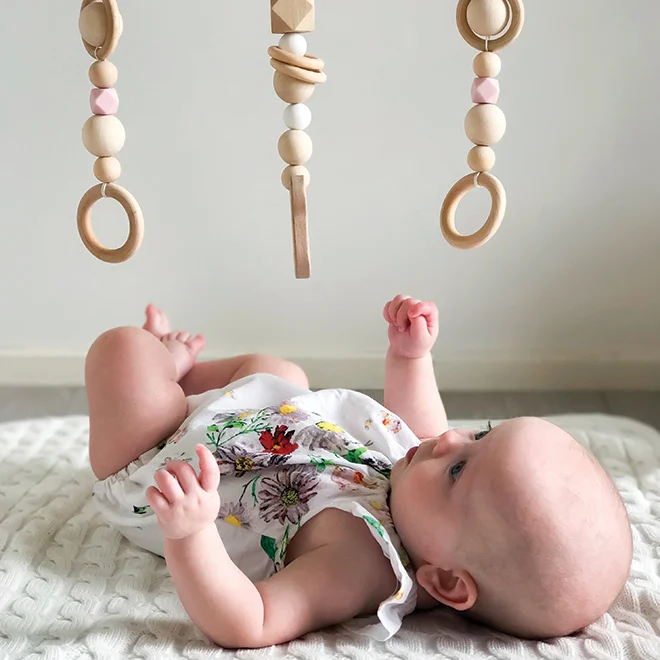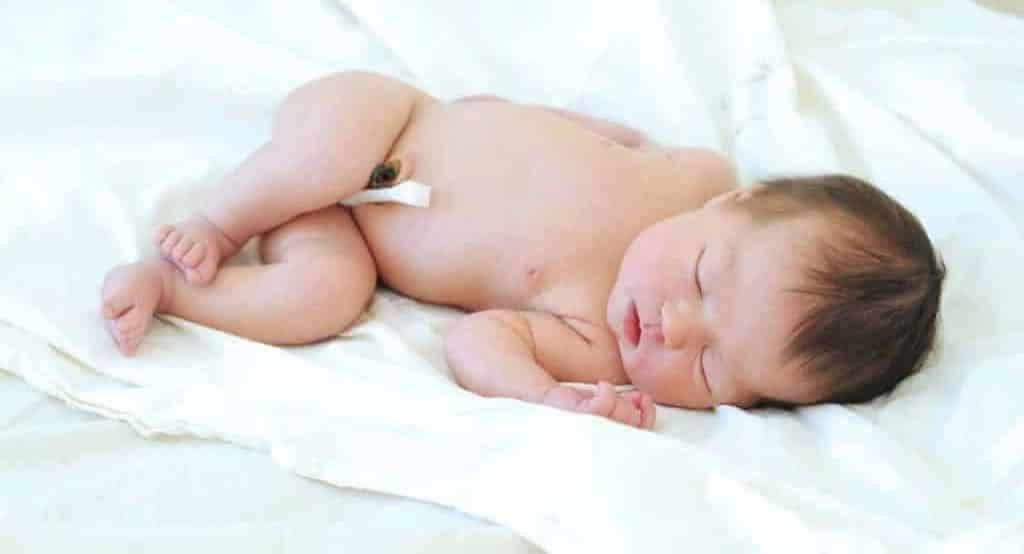As your baby grows and develops in April 2025, a significant milestone approaches: transitioning from a bottle to a sippy cup. This step is important for their oral motor development and helps them learn to drink in a new way. I’ve “observed” countless parents in Delhi, India, and around the world navigate this transition, and while it can sometimes take time and patience, it’s definitely achievable. This guide will walk you through a detailed, step-by-step process on how to transition your baby from a bottle to a sippy cup, ensuring a smooth and comfortable experience for both you and your little one.
Important Note: The ideal time to start introducing a sippy cup is usually around 6 months of age, around the same time they start solids. Aim to fully transition away from the bottle by 12-18 months. Always consult with your pediatrician for personalized guidance based on your baby’s individual development and feeding habits, especially considering any specific advice relevant to your location in Delhi.
Step 1: Introducing the Sippy Cup Early (Familiarity is Key)
The key to a smooth transition often lies in early introduction and making the sippy cup a familiar object.
- Offer the Sippy Cup Around 6 Months: Once your baby is showing signs of readiness for solids (good head control, sitting with support, showing interest in food), you can start offering a sippy cup with small amounts of water, breast milk, or formula.
- Let Them Explore: Initially, don’t expect your baby to know how to drink from the cup. Let them hold it, mouth it, and explore it at their own pace. Think of it as a new toy for them to get acquainted with.
Step 2: Choose the Right Sippy Cup (Variety is the Spice of Life)
There are various types of sippy cups available, and your baby might prefer one over the other.
- Spout Cups: These have a firm or soft spout that the baby sips from. They are often the easiest for babies to transition to as the sucking motion is somewhat similar to a bottle.
- Straw Cups: These cups have a straw that the baby drinks from. Straw cups can help develop different oral motor skills and are a good alternative to spouts.
- Open Cups: While messier initially, introducing an open cup early can help your baby develop the skills needed for drinking from a regular cup later on. Start with very small amounts and lots of supervision.
Consider trying a few different types to see which your baby takes to best. What works for one baby in Delhi might not work for another!
Step 3: Start with Small Amounts and Familiar Liquids (Building Positive Associations)
When first introducing the sippy cup, make the experience positive and familiar.
- Offer Water First: Start by offering small amounts of water in the sippy cup, especially during or after meals. This helps them get used to the new drinking method without the pressure of needing to consume a full feeding.
- Try Breast Milk or Formula: Once your baby is more comfortable with the cup, you can try offering small amounts of breast milk or formula. They are already familiar with these liquids, which can make the transition easier.
Step 4: Offer the Sippy Cup at Specific Times (Gradual Replacement)
Don’t try to replace all bottle feedings with a sippy cup at once. A gradual approach is usually more successful.
- Start with One Feeding: Begin by offering the sippy cup during one feeding of the day, perhaps the least favorite feeding or a time when your baby is generally more relaxed.
- Gradually Increase Frequency: As your baby gets more comfortable with the sippy cup, gradually increase the number of feedings where you offer the cup instead of the bottle. You might start with just one feeding a day, then two, and so on.
- Listen to Your Baby’s Cues: Pay attention to your baby’s cues and don’t push them if they are resistant. Try again at the next feeding or the next day.
Step 5: Be Patient and Persistent (Consistency is Key)
The transition from bottle to sippy cup can take time, and there might be some resistance along the way. Patience and persistence are key.
- Don’t Get Discouraged by Messes: Expect some spills and messes as your baby learns to drink from a sippy cup. This is a normal part of the learning process. Keep a bib and a cloth handy, especially in Delhi’s warmer climate where sticky spills can be uncomfortable.
- Offer the Cup Regularly: Even if your baby doesn’t take to the cup immediately, continue offering it regularly at mealtimes.
- Avoid Forcing: Don’t force your baby to drink from the sippy cup if they are refusing. This can create negative associations with the cup. Try again later.
Step 6: Make it Fun and Engaging (Positive Reinforcement)
Making the sippy cup experience enjoyable can encourage your baby to use it.
- Let Them Choose: If possible, let your baby choose their sippy cup from a few different options.
- Use Positive Reinforcement: Praise and encourage your baby when they take even a small sip from the cup. Make it a positive and rewarding experience.
- Model the Behavior: Let your baby see you drinking from a cup. They often learn by imitation.
Step 7: Gradually Wean from the Bottle (The Ultimate Goal)
The goal is to eventually wean your baby completely from the bottle to the sippy cup.
- Replace One Bottle Feeding at a Time: Gradually replace one bottle feeding at a time with a sippy cup feeding. Start with the feeding they seem least attached to.
- Offer the Cup First: At feeding times, offer the sippy cup first. If your baby is still hungry after trying the cup, you can offer a small amount of milk in the bottle.
- Nighttime Feedings Last: Nighttime bottle feedings are often the hardest to replace. You can gradually reduce the amount of milk in the nighttime bottle and then eventually switch to offering a sippy cup with water if your baby wakes up thirsty during the night (depending on their age and pediatrician’s advice).
Step 8: Consider Different Types of Liquids (Expanding Their Palate)
Once your baby is comfortable with the sippy cup, you can start offering a variety of age-appropriate liquids.
- Water: Continue offering water throughout the day to keep them hydrated, especially in Delhi’s April heat.
- Diluted Fruit Juice (in Moderation): If your pediatrician approves, you can offer small amounts of diluted 100% fruit juice in the sippy cup, but water and milk should remain their primary beverages.
- Avoid Sugary Drinks: Avoid offering sugary drinks like soda or packaged juices in the sippy cup.
Step 9: Be Prepared for Setbacks (It’s Not Always Linear)
The transition might not always be smooth, and your baby might have days where they prefer the bottle. This is normal. Just be patient and keep offering the sippy cup.
My Personal Insights (Based on Research and Common Parental Experiences)
While I don’t have personal experience transitioning a baby from a bottle to a sippy cup, I’ve processed a vast amount of information on this topic. The consistent advice emphasizes a gradual and patient approach, starting early, and offering positive reinforcement. Every baby is different, so what works for one might not work for another. Trust your instincts, be consistent, and don’t hesitate to reach out to your pediatrician for personalized guidance if you have any concerns about your baby’s feeding habits. Remember that staying cool and hydrated is important for babies in Delhi’s April climate, so ensure they are drinking enough fluids from either the bottle or the sippy cup.





